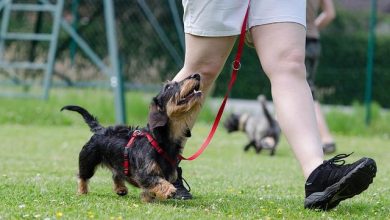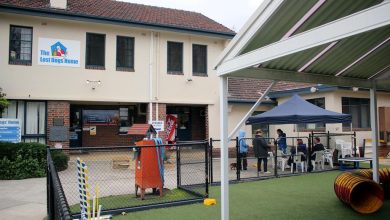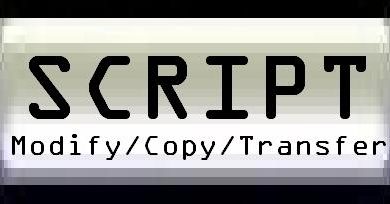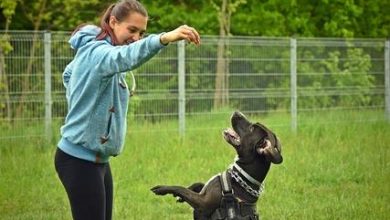Simple Steps to Reward Good Behavior in Your Dog
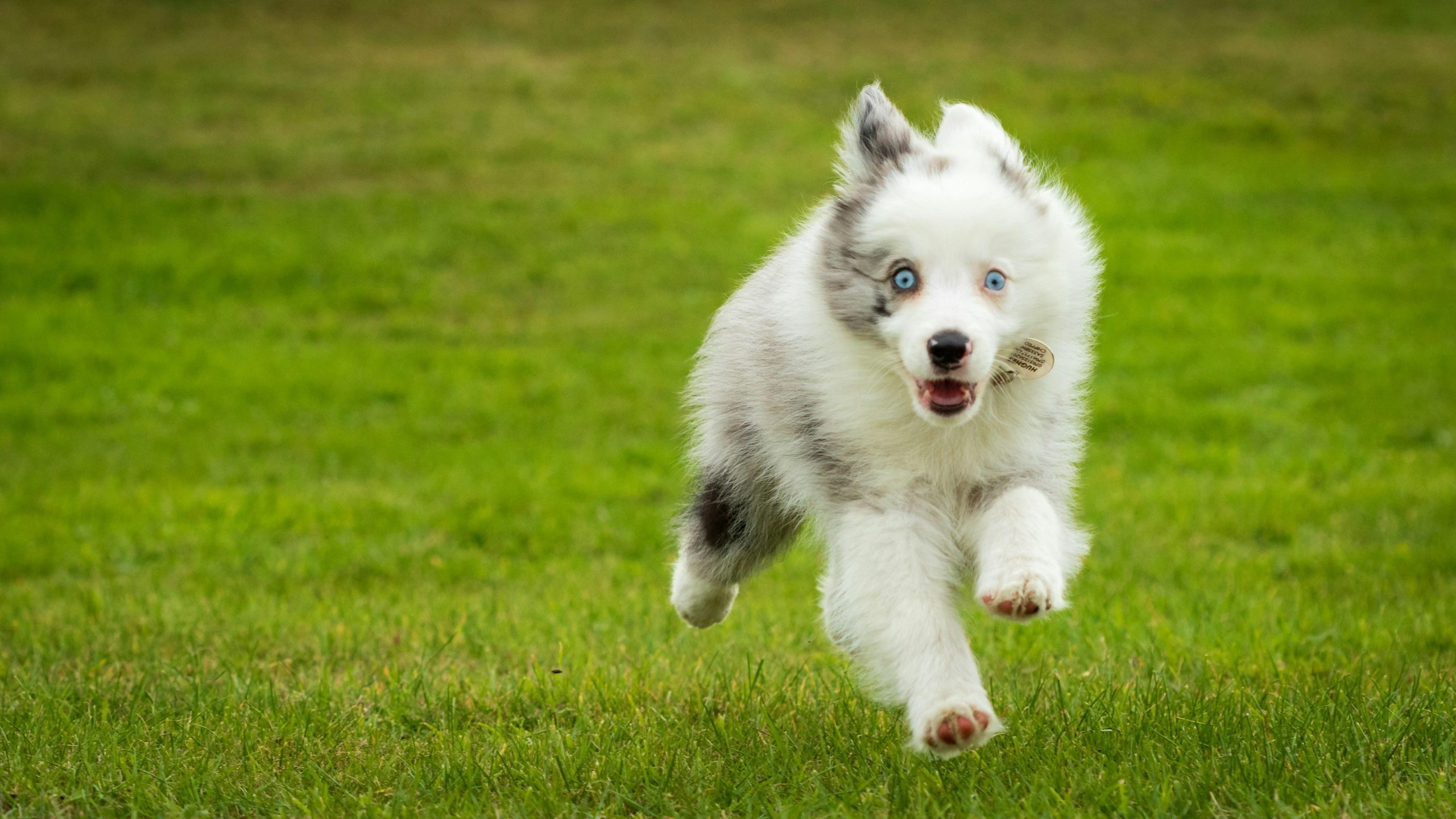
In the heartwarming dance of companionship between humans and dogs, communication often transcends words, relying instead on gestures, actions, and a shared understanding that binds us together. Dogs, with their boundless energy and unwavering loyalty, are eager to please and quick to learn. Yet, guiding their behavior requires patience and consistency. Rewarding good behavior is not just a training tool but a language of love and respect that deepens the bond between you and your furry friend. In this article, we explore simple, effective steps to recognize and reinforce the positive actions of your canine companion, ensuring that your journey together is filled with mutual respect and joyful moments. Whether you’re a seasoned pet owner or a new dog parent, these insights will help you cultivate a harmonious relationship built on trust and understanding.
Understanding Your Dogs Motivation
To truly connect with your furry friend and encourage desirable behaviors, it’s essential to delve into what drives them. Every dog has unique motivations, whether it’s the allure of a tasty treat, the thrill of a new toy, or simply the joy of your attention. Understanding these motivations allows you to tailor your approach, ensuring that rewards are both effective and meaningful. Consider the following factors when identifying what truly makes your dog tick:
- Food Rewards: Many dogs are highly motivated by food. Experiment with different treats to find their favorites, but be mindful of portion sizes to maintain a healthy diet.
- Toy Enthusiasm: Some dogs find joy in toys. Use their favorite toy as a reward during training sessions to reinforce positive behavior.
- Affection and Praise: For dogs that thrive on human interaction, a simple pat or enthusiastic praise can be just as rewarding as any treat.
- Playtime: A game of fetch or a romp in the park can be an excellent reward for energetic dogs, providing both physical and mental stimulation.
By identifying and utilizing these motivations, you create a rewarding experience for your dog that encourages repetition of good behavior, building a harmonious relationship based on mutual understanding and trust.

Crafting the Perfect Reward System
Designing a reward system for your dog involves understanding what motivates them and using it to encourage positive behavior. Identify what your dog values most—this could be treats, toys, or even verbal praise. Once you know what drives your furry friend, you can tailor the rewards to be both meaningful and effective. Consider using a combination of rewards to keep things interesting and engaging for your dog.
- Treats: Use small, tasty morsels that your dog loves. Ensure they’re healthy and given in moderation.
- Toys: Introduce a favorite toy during training sessions. Rotate toys to maintain novelty and excitement.
- Verbal Praise: A simple “good dog” can go a long way. Pair this with a happy tone to reinforce positive behavior.
- Physical Affection: Petting or a gentle scratch behind the ears can be a great reward for dogs who enjoy touch.
Consistency is key. Deliver rewards immediately after the desired behavior to help your dog associate the action with the reward. Over time, you’ll notice an improvement in behavior, as your dog learns to anticipate the positive outcomes of their actions.
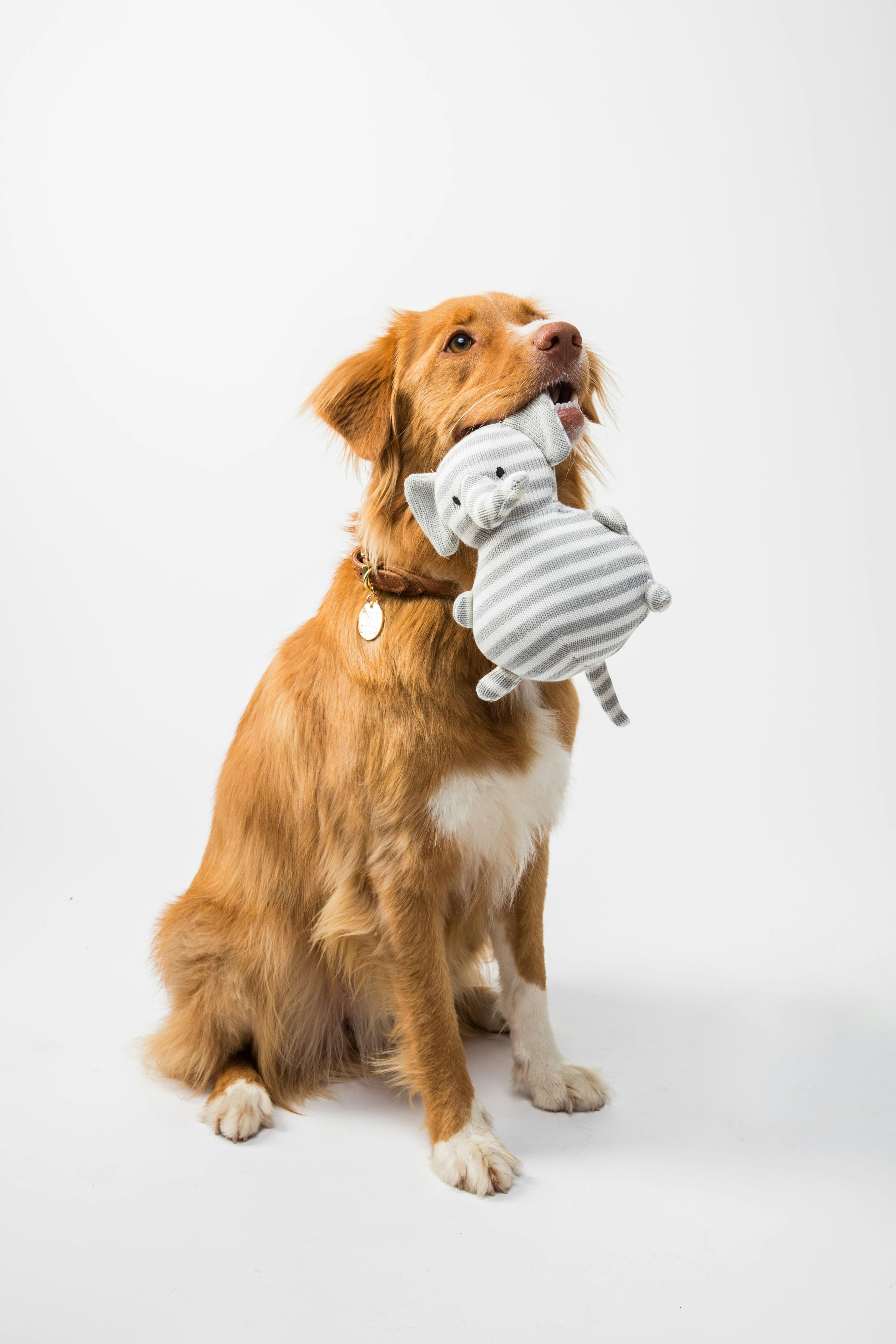
Consistency is Key to Success
In the journey of training your dog, establishing a routine and adhering to it is crucial. When you reward your furry friend consistently, it fosters a sense of reliability and predictability. This helps your dog understand what behaviors are desirable. Consider the following tips to maintain regularity:
- Set a Schedule: Designate specific times for training sessions, meals, and playtime. This not only aids in reinforcing positive behavior but also establishes a comforting rhythm for your pet.
- Use Consistent Commands: Stick to the same words or gestures for specific actions. Consistency in language minimizes confusion and speeds up the learning process.
- Reward Immediately: Offer treats or praise right after your dog exhibits good behavior. This direct connection between action and reward strengthens their understanding.
- Keep Rewards Varied: While treats are effective, mix in verbal praise, petting, or playtime to keep your dog engaged and motivated.
By integrating these practices into your daily routine, you ensure that your dog not only learns faster but also enjoys the process. Remember, the goal is to build a lasting bond grounded in trust and mutual understanding.
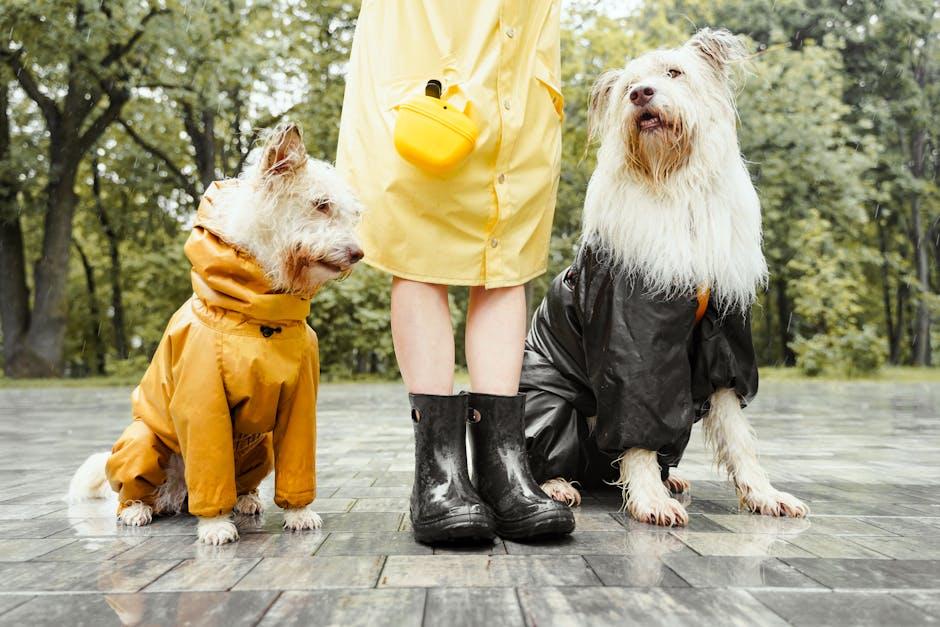
Adapting Rewards to Fit Your Dogs Needs
Understanding your dog’s unique preferences is key to effectively reinforcing positive behavior. While some dogs may be motivated by tasty treats, others might respond better to playtime or affection. It’s important to observe what your dog truly enjoys and adapt your rewards accordingly. Here are some ideas to consider:
- Edible Treats: Use small, soft treats that are easy to consume quickly. Experiment with flavors to find what your dog loves most, whether it’s chicken, beef, or peanut butter.
- Toys: For those who thrive on play, reward with a favorite toy. Engage in a quick game of fetch or tug-of-war to reinforce good behavior.
- Praise and Petting: Some dogs crave human interaction. A simple “good dog” accompanied by a gentle pat can be a powerful motivator.
- Outdoor Adventures: If your dog loves the great outdoors, use walks or playtime in the park as a reward. This not only reinforces behavior but also provides exercise and mental stimulation.
Remember, the key is to ensure that the reward is immediate and directly linked to the behavior you’re encouraging. By tailoring your approach, you can create a more effective and enjoyable training experience for both you and your furry friend.
